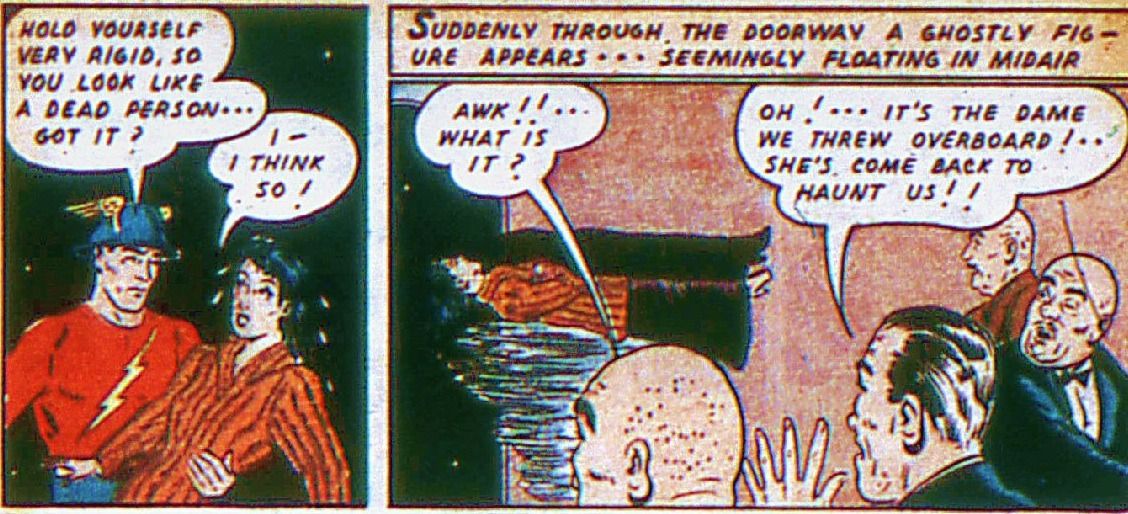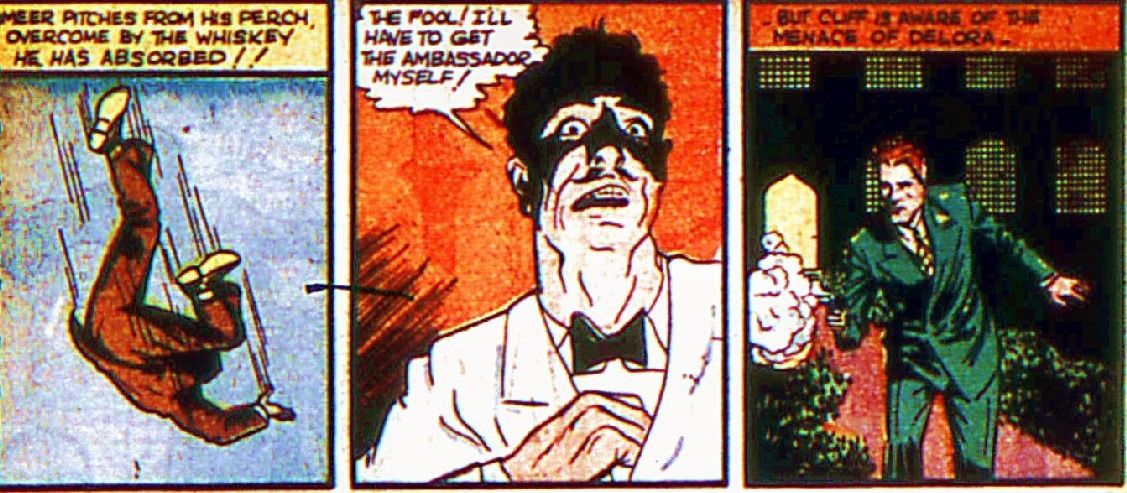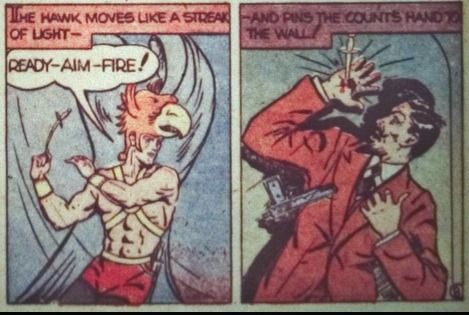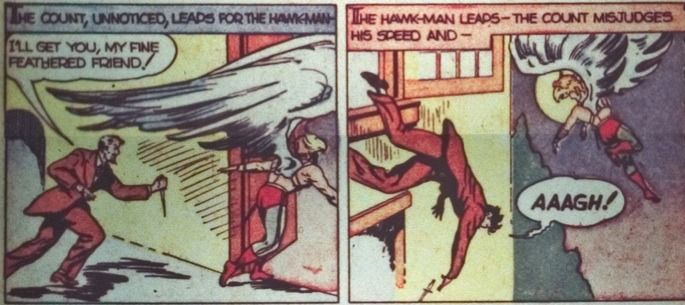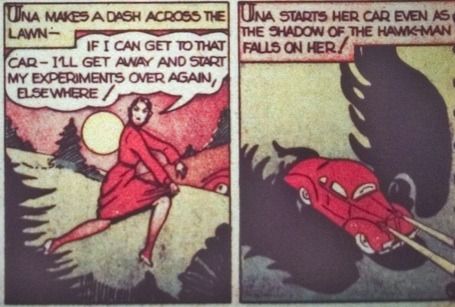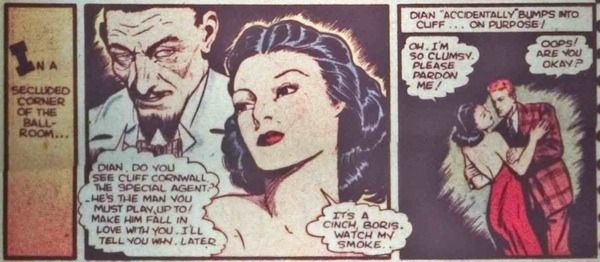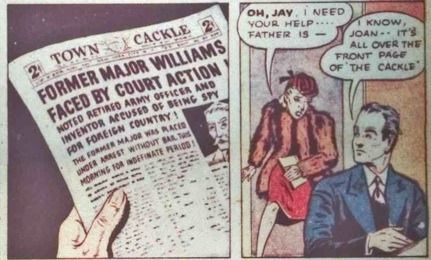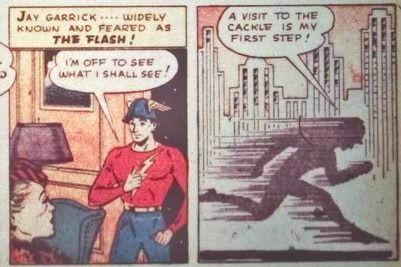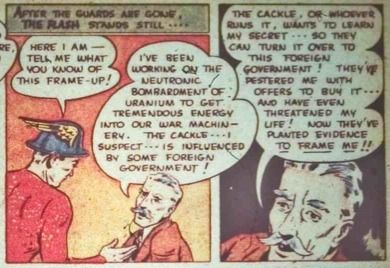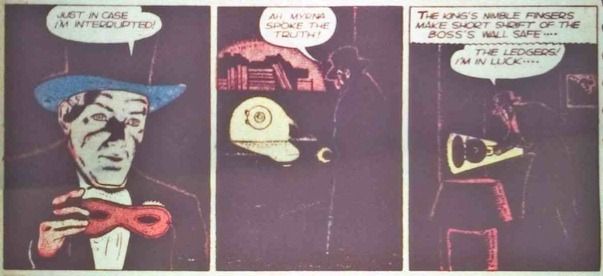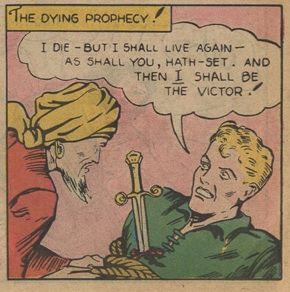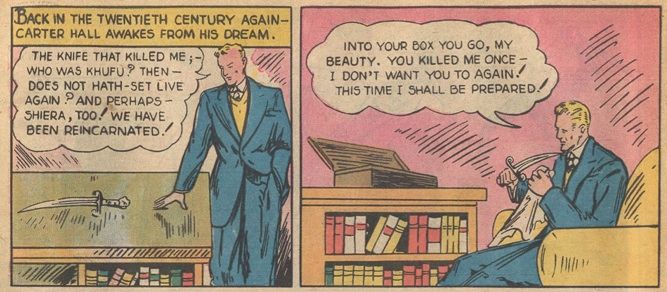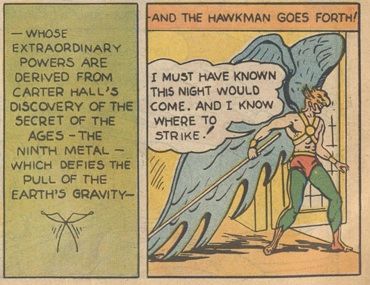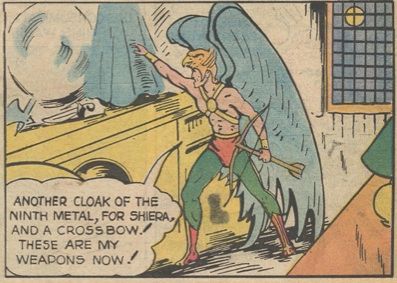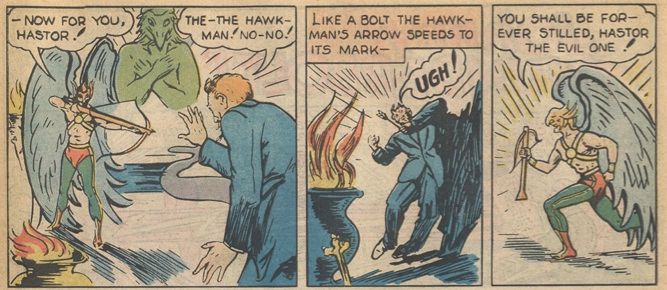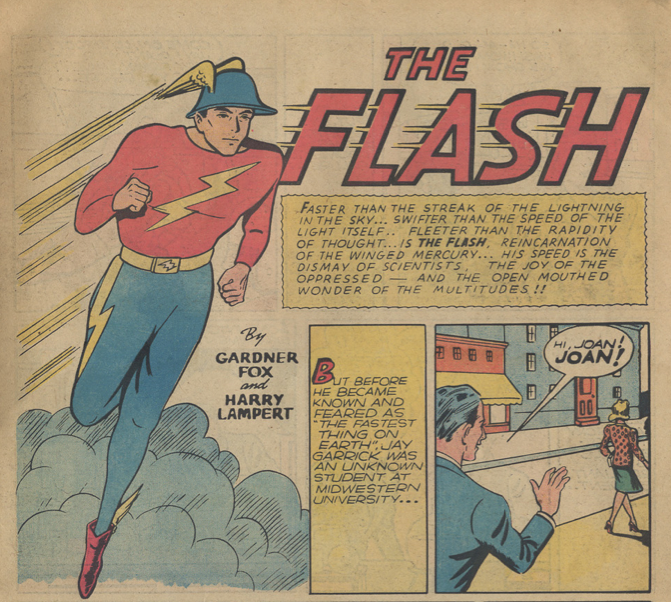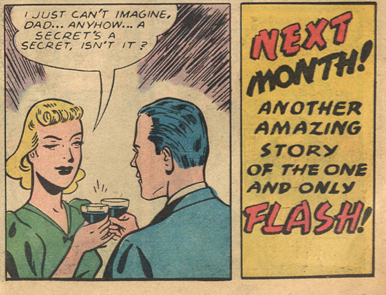Wednesday, January 30, 2013
Music Entry 03/40
My! My! by Tommy Dorsey & his Orchestra, vocal by The Pied Pipers, recorded March 4, 1940
Youtube provided by MusicProf78
Newsreel 03/40
It would take about a year before DC Comics saw the value of U-Boats in scripts.
From March 6, 1940, German U-Boat 48 captain and crew receiving a heros welcomes around the time Flash Comics #4 was on the newsstands.
Herbert Schultze was a German U-boat commander of the Kriegsmarine during World War II. He commanded U-48 for eight patrols during the early part of the war, sinking 169,709 tons and earning him eighth place on the Aces of the Deep list. Due to several incidents of openly broadcasting his sinkings to alert the Allies of the plight of the crews, he became quite a celebrity even on the allied side.
Youtube provided by 'A Newsreel History of the Second World War'.
From March 6, 1940, German U-Boat 48 captain and crew receiving a heros welcomes around the time Flash Comics #4 was on the newsstands.
Herbert Schultze was a German U-boat commander of the Kriegsmarine during World War II. He commanded U-48 for eight patrols during the early part of the war, sinking 169,709 tons and earning him eighth place on the Aces of the Deep list. Due to several incidents of openly broadcasting his sinkings to alert the Allies of the plight of the crews, he became quite a celebrity even on the allied side.
Youtube provided by 'A Newsreel History of the Second World War'.
Saturday, January 26, 2013
Entry #11
Issue #4
Rating: 5
The Flash in“The Gambling Ship” and Hawkman in “Thought Terror” (Moldoff’s 1st Hawkman feature) are what makes this issue a 5 rating. The Flash terrorizes the bad guys into turning themselves in. Although playful in his appearance in dealing with crooked gambling ship proprietors, the Flash uses terrifying tactics to get them to submit to his will.
The full page house ad for Issue #4 puts the Flash amongst the ‘BIG SIX’ Headline Features. Superman, Batman, Sandman, the Spectre, and the Ultra-Man
The Hawkman draws inspiration from “Perseus and the Gorgan Medusa” to conquer the hypnotist – without having to use deadly force. . Moldoff’s use of panels in his layouts is what makes these early ‘40s stories golden. It is easy to see why he was a natural to have a long run with the strip.
Reading these early Hawkman stories reminds me of the Poverty Row movies of the period – The Devil Bat, and The Corpse Vanishes comes to mind.
George Zucco is another character actor from this period that transfers easily into comic book mad scientist roles:
These movies starring Bela Lugosi and George Zucco in some macabre role makes good uses of secret entrances, ghoulish assistance, and never misses an opportunity to seduce a young attractive woman to fall into their sway.
Cliff Cornwall in “The Stolen Message” by Fox\Moldoff serializes the counter espionage activity of Agent Cornwall. In this installment, a Panamanian industrialist tries to make an arms deal with Sofia (some mysterious fascist country) and then attempts to create an international incident to get Sofia to declare war against the USA.
Rating: 5
The Flash in“The Gambling Ship” and Hawkman in “Thought Terror” (Moldoff’s 1st Hawkman feature) are what makes this issue a 5 rating. The Flash terrorizes the bad guys into turning themselves in. Although playful in his appearance in dealing with crooked gambling ship proprietors, the Flash uses terrifying tactics to get them to submit to his will.
The full page house ad for Issue #4 puts the Flash amongst the ‘BIG SIX’ Headline Features. Superman, Batman, Sandman, the Spectre, and the Ultra-Man
The Hawkman draws inspiration from “Perseus and the Gorgan Medusa” to conquer the hypnotist – without having to use deadly force. . Moldoff’s use of panels in his layouts is what makes these early ‘40s stories golden. It is easy to see why he was a natural to have a long run with the strip.
Reading these early Hawkman stories reminds me of the Poverty Row movies of the period – The Devil Bat, and The Corpse Vanishes comes to mind.
George Zucco is another character actor from this period that transfers easily into comic book mad scientist roles:
These movies starring Bela Lugosi and George Zucco in some macabre role makes good uses of secret entrances, ghoulish assistance, and never misses an opportunity to seduce a young attractive woman to fall into their sway.
Cliff Cornwall in “The Stolen Message” by Fox\Moldoff serializes the counter espionage activity of Agent Cornwall. In this installment, a Panamanian industrialist tries to make an arms deal with Sofia (some mysterious fascist country) and then attempts to create an international incident to get Sofia to declare war against the USA.
Wednesday, January 23, 2013
Hawkman story in issue #3
The following are panels from the Hawkman story in issue #3.
It is important to note the violent horror elements of 1940 comics. Along with the pre-Robin Batman, also occasionally written by Gardner Fox, the vigilantly sub-culture personas were much darker than that which evolved later in the decade with the advent of a editorial board of psychologist, educators, and military dignitaries overseeing the content of comics.
Saturday, January 19, 2013
Entry# 10
Issue #3
Rating: 4
It took me countless times of looking to finally recognize Cliff Cornwell on the cover. The action is a recap of from the previous story in issue #2. The editors must have thought he was recognizable enough that they need not print his name on the cover.
Issue #3 features “The Romance of Cliff Cornwall” by Fox and Sheldon Moldoff. This strip starts to take the look and feel of the Hawkman stories that Fox\Moldoff will team up on in starting in the next issue and running up to issue #61.
Flash stars in “The Trial of Major Williams,” written by Gardner Fox, art by Everett E. Hibbard.
Hawkman in “The Secret of Dick Blendon” by Fox and Dennis Neville (more to follow).
“Johnny vs. Gunpowder Glantz” by John B. Wentworth and Stan Aschmeier;
King in “The Terror of the Underworld” by Fox and William A. Smith. Although the King starts off as a Clock clone, he will develop into one of my favorite characters when Harry Lampert begins drawing the strip. “The Scarlet Scarab” Flash picture novelette by Ed Wheelan;
An ad for All-American Comics #12 pegs the newstand date to mid-January 1940
Rating: 4
It took me countless times of looking to finally recognize Cliff Cornwell on the cover. The action is a recap of from the previous story in issue #2. The editors must have thought he was recognizable enough that they need not print his name on the cover.
Issue #3 features “The Romance of Cliff Cornwall” by Fox and Sheldon Moldoff. This strip starts to take the look and feel of the Hawkman stories that Fox\Moldoff will team up on in starting in the next issue and running up to issue #61.
Flash stars in “The Trial of Major Williams,” written by Gardner Fox, art by Everett E. Hibbard.
Hawkman in “The Secret of Dick Blendon” by Fox and Dennis Neville (more to follow).
“Johnny vs. Gunpowder Glantz” by John B. Wentworth and Stan Aschmeier;
King in “The Terror of the Underworld” by Fox and William A. Smith. Although the King starts off as a Clock clone, he will develop into one of my favorite characters when Harry Lampert begins drawing the strip. “The Scarlet Scarab” Flash picture novelette by Ed Wheelan;
An ad for All-American Comics #12 pegs the newstand date to mid-January 1940
Saturday, January 12, 2013
Entry #9
Issue #2
Rating: 4
Recorded in December 1939, Will Osborne’s ‘The Man Who Comes Around’. (link courtesy of MusicProf78)
Incredibly the Flash story is not one of the stronger strips in this issue. The Hawkman story, “The Globe Conquerors”, is excellent. I also liked the Whip. Cliff Cornwell, Rod Rian, and the Johnny Thunder stories were ok. The “The Demon Dummy, Pt. 2” Flash Picture Novelette by Ed Wheelan was very bizarre and sets the tone for the run of the strip. Much more will be discussed and panels posted on these back up stories in later entries. The ad for All-American Comics #11 verifies that this issue was on the newsstands in December 1939.
The Flash hurls a rarely used lightning bolt . . .
“The Globe Conquerors” may have taken its inspiration from the Bombing of London.
New Weapons: Net and Trident
Death Count = 2
Recorded in December 1939, Will Osborne’s ‘The Man Who Comes Around’. (link courtesy of MusicProf78)
Incredibly the Flash story is not one of the stronger strips in this issue. The Hawkman story, “The Globe Conquerors”, is excellent. I also liked the Whip. Cliff Cornwell, Rod Rian, and the Johnny Thunder stories were ok. The “The Demon Dummy, Pt. 2” Flash Picture Novelette by Ed Wheelan was very bizarre and sets the tone for the run of the strip. Much more will be discussed and panels posted on these back up stories in later entries. The ad for All-American Comics #11 verifies that this issue was on the newsstands in December 1939.
The Flash hurls a rarely used lightning bolt . . .
“The Globe Conquerors” may have taken its inspiration from the Bombing of London.
New Weapons: Net and Trident
Death Count = 2
Saturday, January 5, 2013
Entry #8
“A hero ventures forth from the world of common day into a region of supernatural wonder: fabulous forces are there encountered and a decisive victory is won: the hero comes back from this mysterious adventure with the power to bestow boons on his fellow man.” -- Joseph Campbell. The Hero with a Thousand Faces.
Although Gardner Fox created the Hawkman ten years before Joseph Campbell’s book was released, the Hawkman represents Joseph Campbell’s hero.
Flash Comics #1: I can’t help but think that the character of Carter Hall must have been self-reflective of the times. With war in Europe started in the autumn of 1939, he must have wrestled with a sense of helplessness in a world that is on a destructive course. A collector of exotic curios of the ancient world, frequent guest at socialite galas, he is ready to embark on a hero’s journey that will change his life forever. I particularly like how Gardner Fox handles the mythological aspects of the story of the Hawkman origin. Making an Egyptian god blonde is right. The blending of different gods and goddesses further creates an American folk hero. The ninth metal! Quarterstaff, wings, hood, crossbow; we are introduced to one of the Hawkman’s mythos, the use of weapons of war. Death Count = 1
Although Gardner Fox created the Hawkman ten years before Joseph Campbell’s book was released, the Hawkman represents Joseph Campbell’s hero.
Flash Comics #1: I can’t help but think that the character of Carter Hall must have been self-reflective of the times. With war in Europe started in the autumn of 1939, he must have wrestled with a sense of helplessness in a world that is on a destructive course. A collector of exotic curios of the ancient world, frequent guest at socialite galas, he is ready to embark on a hero’s journey that will change his life forever. I particularly like how Gardner Fox handles the mythological aspects of the story of the Hawkman origin. Making an Egyptian god blonde is right. The blending of different gods and goddesses further creates an American folk hero. The ninth metal! Quarterstaff, wings, hood, crossbow; we are introduced to one of the Hawkman’s mythos, the use of weapons of war. Death Count = 1
Wednesday, January 2, 2013
Entry #7
Issue #1
Rating: 5
Artie Shaw’s Shadows from November 1939
(from youtube channel MusicProf78)
I can’t imagine what it would have been like to read the headlines in the newspapers of Nazi Germany’s invasion of Poland and the declaration of war in Europe in the Fall of 1939. It had to be terrifying to imagine the possibilities that war could come to the US. The news in November 1940 included FDR’s 3rd re-election, Nazi Germany and Soviet Union are allies, and Germany bombing English cities. And then, without warning, there is [b]Flash Comics #1[/b]! If the world was going insane, here was the cure. You got superheroes that draw their powers from science, mythology, mystical, and legendary sources. Along with a crime story with a twisted sense of humor and a FBI agent saving Alaska from mysterious foreign saboteurs, this comic book had it all!
What really stands out for me with the origin of the Flash story is that the motivating purpose of Jay’s desire to be a superhero is to be near Joan Williams. It’s right there in the very first panel.
She is not very interested in him, until his superhero qualities are revealed. Then it is a shared secret between them.
Unlike Lois Lane, who in Superman #3 wouldn’t mind seeing Clark Kent die in order to advance her career, Joan Williams becomes as valuable to Jay as Dick does to Bruce. I never understood why the Silver Age Flash Barry Allen would be interested in Iris West. To me, she was a high maintenance Ice Princes that wasn’t worth the time. Joan is self-confident, but needs Jay to protect her. Jay, at times lacks self-confidence but has that special ability to provide for Joan when she needs him the most. The perfect ying-yang of comic book folklore. [/color]
Rating: 5
Artie Shaw’s Shadows from November 1939
(from youtube channel MusicProf78)
I can’t imagine what it would have been like to read the headlines in the newspapers of Nazi Germany’s invasion of Poland and the declaration of war in Europe in the Fall of 1939. It had to be terrifying to imagine the possibilities that war could come to the US. The news in November 1940 included FDR’s 3rd re-election, Nazi Germany and Soviet Union are allies, and Germany bombing English cities. And then, without warning, there is [b]Flash Comics #1[/b]! If the world was going insane, here was the cure. You got superheroes that draw their powers from science, mythology, mystical, and legendary sources. Along with a crime story with a twisted sense of humor and a FBI agent saving Alaska from mysterious foreign saboteurs, this comic book had it all!
What really stands out for me with the origin of the Flash story is that the motivating purpose of Jay’s desire to be a superhero is to be near Joan Williams. It’s right there in the very first panel.
She is not very interested in him, until his superhero qualities are revealed. Then it is a shared secret between them.
Unlike Lois Lane, who in Superman #3 wouldn’t mind seeing Clark Kent die in order to advance her career, Joan Williams becomes as valuable to Jay as Dick does to Bruce. I never understood why the Silver Age Flash Barry Allen would be interested in Iris West. To me, she was a high maintenance Ice Princes that wasn’t worth the time. Joan is self-confident, but needs Jay to protect her. Jay, at times lacks self-confidence but has that special ability to provide for Joan when she needs him the most. The perfect ying-yang of comic book folklore. [/color]
Subscribe to:
Posts (Atom)

